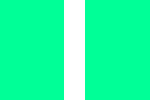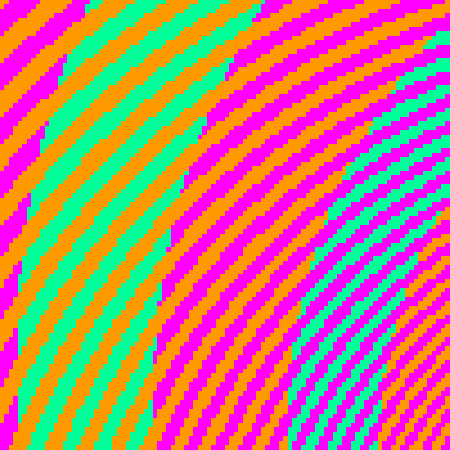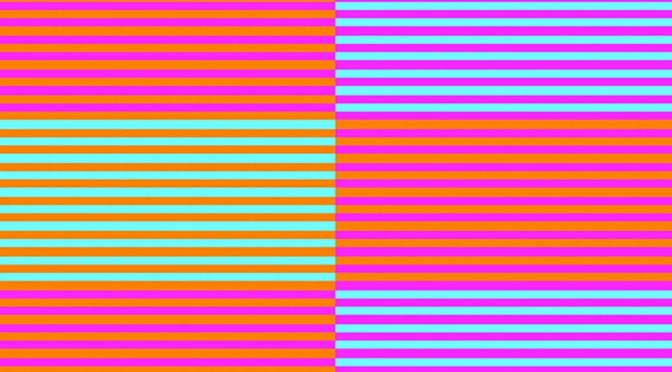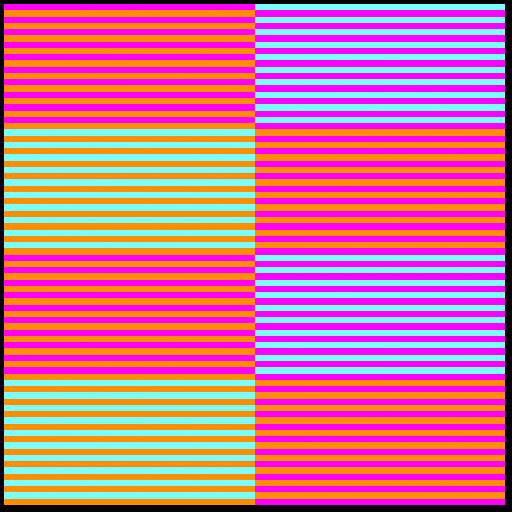By Anupum Pant
Background
Everyone who comes on this blog often knows that I’m a huge fan of Prof. Rischard Wiseman. If you don’t know that, well, I urge you to check out every other post where I’ve mentioned him (Yes, he’s the same man who makes videos for the YouTube channel 59 seconds). The man certainly knows how to play with your brain. And once again he has blown my mind with this amazing optical illusion that he shared on his blog.
This is probably the best optical illusion I have ever seen. That is because, it’s somewhat like the Mc Gurk effect (do check it out too) – in a way that, it is one of those illusion where even after you learn about it, you still can’t see through it. I mean, it will continue to fool your brains, even when you know the trick. It’s an eternal magic trick. Enough of the build up. Now, let’s see what this illusion really is…
Wash your eyes if you have to
In the image below, you’ll see a pinkish swirling image and inside it you’ll see that there are green swirls and blue swirls embedded. What if I tell you the green and the blue you see are the same colors? Just because I’ve written something that’s completely opposite to what you see with your own eyes, you’ll probably laugh on my face and call me mad. I did that. I trusted my eyes more than any one else’s word. So I had to verify it…
The Proof
 Ok, if you take my word for it, fine. If you don’t believe me, you could use a simple image editor, pick colours and check. Both the colours you see here, green and blue, have the same hexadecimal value: #00ff96.
Ok, if you take my word for it, fine. If you don’t believe me, you could use a simple image editor, pick colours and check. Both the colours you see here, green and blue, have the same hexadecimal value: #00ff96.
Another thing you could do is, download the image, zoom it to a great extent, such that both the colours that you see are in the same frame and you’ll see that the colours are actually same. Here’s a picture of that zoomed part…

 Here’s an image I created where we have the #00ff96 coloured square overlapping the seemingly blue and green parts. If you, cover everything except the topmost corner first, look at it carefully, and compare it with the bottom-most corner, you’ll see that the colour of the square block perfectly matches that of both the “blue” colour and the “green” colour in both areas. And it is the same block.
Here’s an image I created where we have the #00ff96 coloured square overlapping the seemingly blue and green parts. If you, cover everything except the topmost corner first, look at it carefully, and compare it with the bottom-most corner, you’ll see that the colour of the square block perfectly matches that of both the “blue” colour and the “green” colour in both areas. And it is the same block.
The several other blocks in the middle are for you to remain sure that the colour of the block doesn’t change in between.
There’s another image in which it works…
Even here the blue and green colours are actually the same colours…


